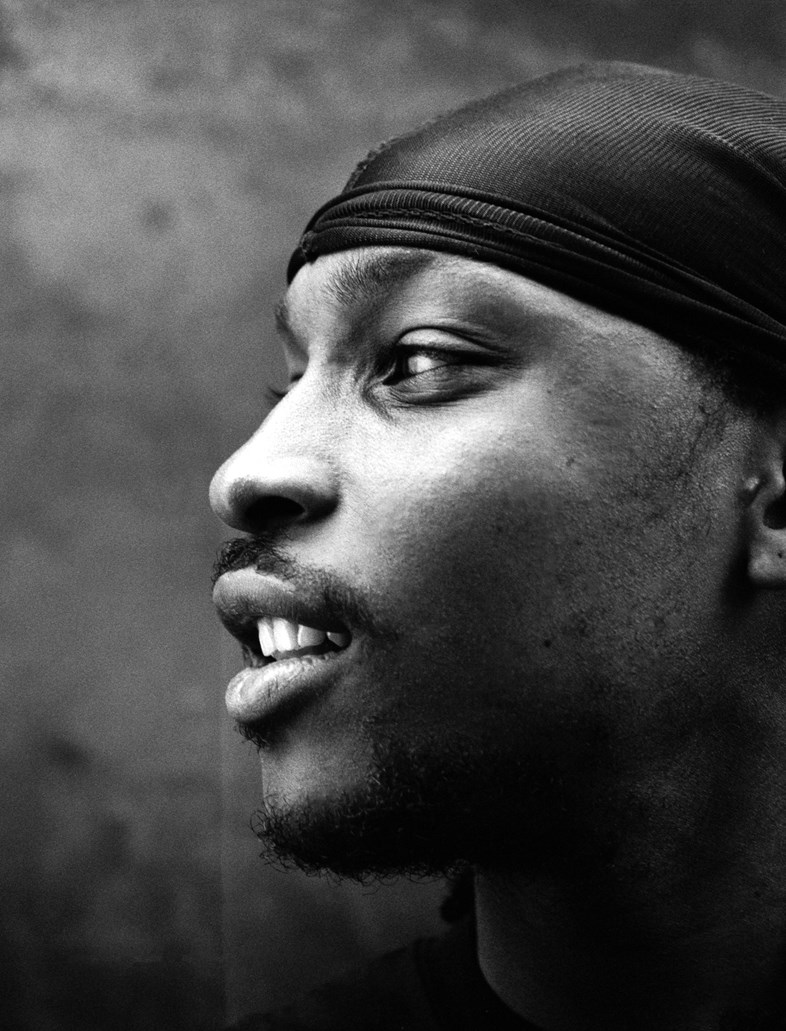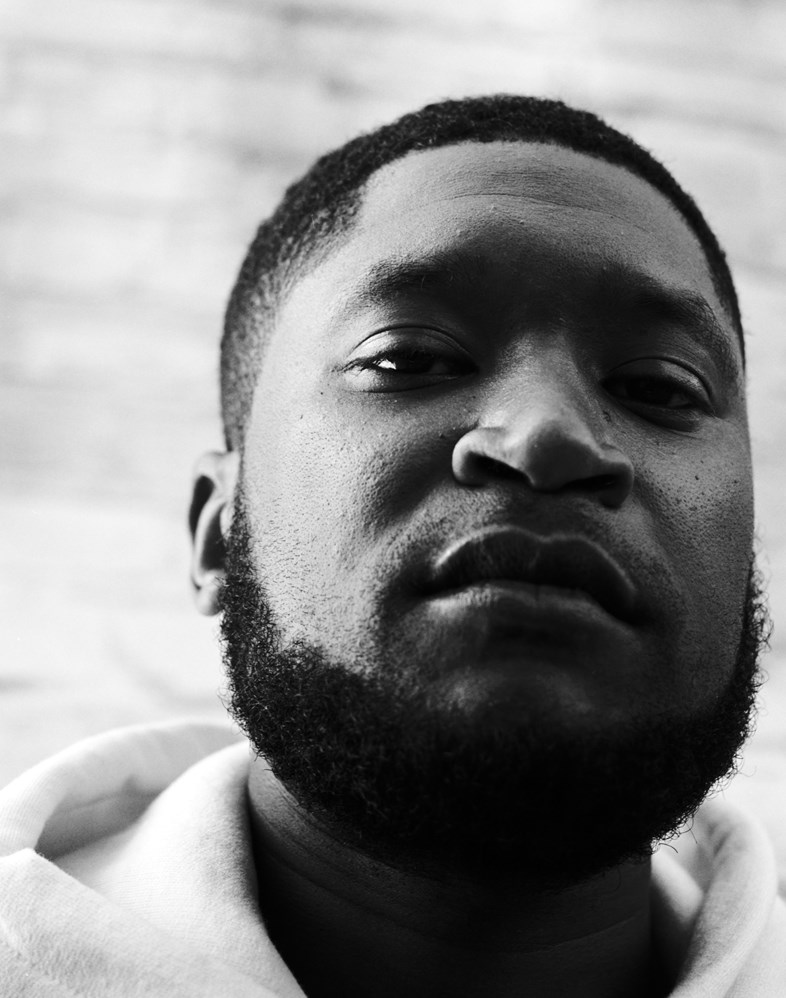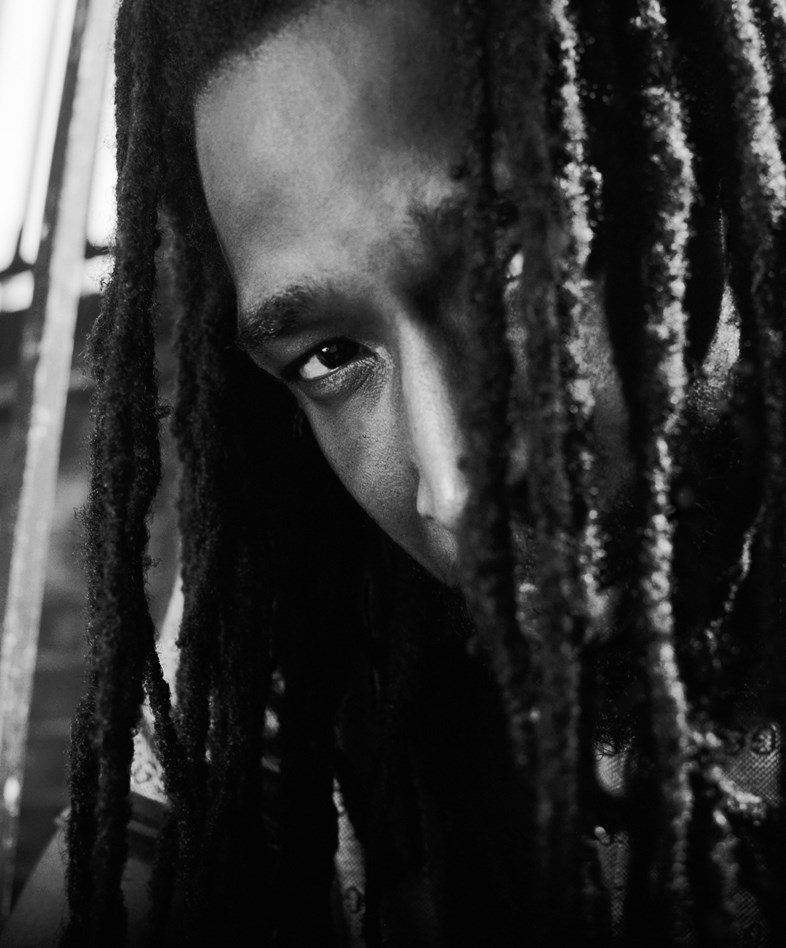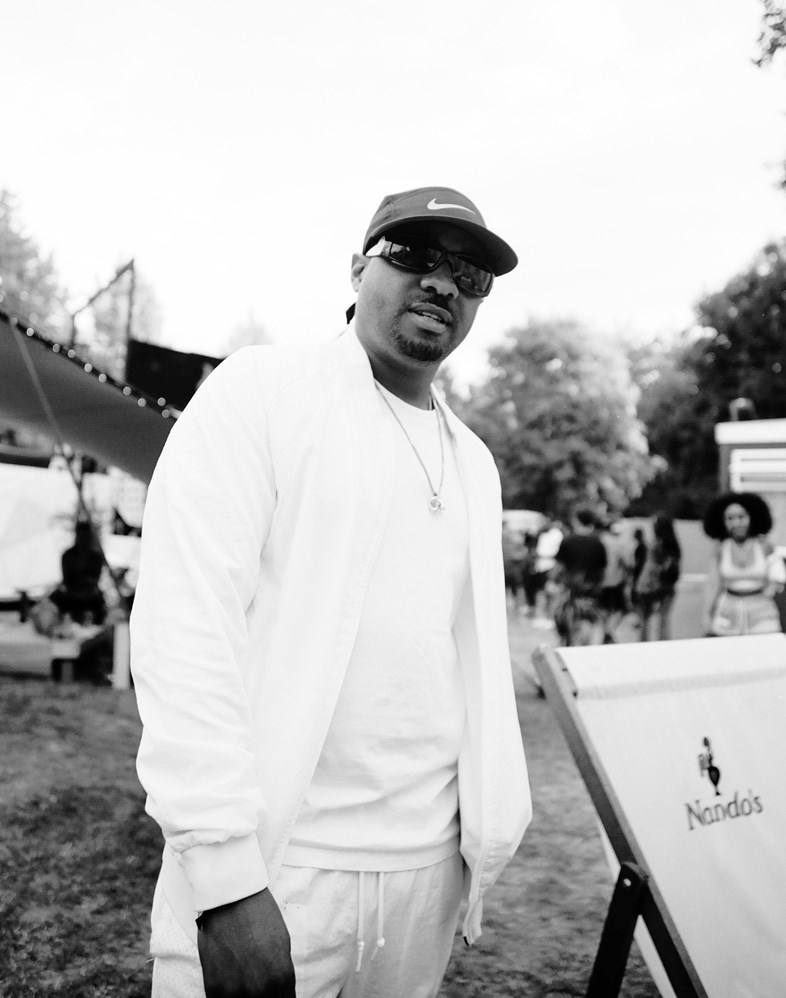The grime crew is one of the most significant musical acts of our generation – as Skepta covers Another Man, we examine the collective he helped found
- TextTomas Fraser
The thing about Boy Better Know is that it’s difficult to pin down exactly how they operate. First and foremost a grime crew consisting of core founding members Skepta, JME, Jammer, Shorty, Frisco and their DJ Maximum, they are also a label and festival-crushing live act, who have stood the test of time better any of grime’s early-day, OG collectives.
While Roll Deep (originally home to Wiley and Dizzee Rascal), Kano’s N.A.S.T.Y Crew, Big Narstie’s N Double A, The Movement (Ghetts, Scorcher, Devlin and co.) and countless others have drifted apart over the years, Boy Better Know have endured and more recently, flourished. Formed in 2005, their guerrilla-style mentality, DIY marketing campaigns, iconic branding and staunch refusal to conform to wider industry expectations have been the bedrock of their success – especially with a scene where in-fighting was commonplace during its foundational years.

Scan their Discogs page as performers and you’re hard pushed to find more than five Boy Better Know releases since 2006 and even then only 2009 smash, Too Many Man – still one of their most recognisable singles – qualifies as an out-and-out Boy Better Know record. By contrast, as a label, they’ve been responsible for over 80, although catalogue numbers paint a picture of organised chaos rather than order. From JME001, Skepta’s Meridian Walk which was released in 2003 (before the crew had properly come into existence) to FRIS001, SKEPTA1CD, JTWP001 and various other denominations, Boy Better Know catalogued records according to their maker; FRIS for Frisco, JTWP for Jammer or Jahmek The World Power (as he sometimes still refers to himself) and so on. Whether compiled this way deliberately or not, it has made Boy Better Know difficult to define and research – an ambiguity that lends itself well to the furore that now surrounds them in 2017.
They’ve also made an impact by thinking outside the box. Before they’d had time to generate significant momentum with their records, JME had made the Boy Better Know t-shirt one of London’s must-have items back in the mid-00s, selling them by the thousand – they were “just as powerful as radio” he affirmed in a recent interview with The Guardian. He was also the brains behind a move to launch Boy Better Know Mobile in 2011, a mobile phone network that was set up by leasing bandwidth from mobile giants, Three. Although the venture drew to a close in 2013, what other grime crew can say they built their own mobile phone network from scratch?
Alongside their music and said DIY branding exercises, it’s also worth noting that individually, Boy Better Know members differ vastly. JME is a well-documented vegan, video games enthusiast and entrepreneur who has never employed a manager or publicist and chooses to live a relatively quiet life. His brother Skepta by contrast, has been through the major label mill, counts Drake as a close friend, won the Mercury Prize and an Ivor Novello for his latest album Konnichiwa and has just launched his own fashion line, Mains. Jammer’s main focus outside of the crew has been Lord Of The Mics, the seminal grime battle series that originally ran for two volumes from 2003-2005 before he chose to relaunch it in 2011, while Frisco oversees club night The Den at The Old Blue Last, which he has curated since 2015.

Despite these outside interests, Boy Better Know have always grouped together to support one another whenever required – when Shorty drops a single, it’ll be Skepta, JME, Jammer and co. who are first to share the news. That’s not to say there isn’t a hierarchy within the group, but more that between them, they share a common understanding of what is required to keep driving forward, both individually and collectively.
I’ll always remember seeing JME play at The Faversham in Leeds as a student as part of his Famous? album tour in 2008. He performed to about 100 people in a venue that was probably half to three-quarters full, but never wavered. His most enthusiastic fan on the night? Shorty. He’d made the trip up to perform a few tracks as a guest, while enthusiastically hyping up the watching crowd from the sidelines.
Logan Sama, iconic grime DJ and broadcaster, also recalls DJing for Skepta and JME in the early days, on a set that’d find its way onto a promoter’s tape pack series – they were two-sided, eight-cassette packs that resembled Encyclopaedia Britannicas (!), each with a live set recorded onto tape. “We got to the end of a firing set and Skepta proudly declared, ‘Want to book Skepta, that’s two fifty!”, explains Logan, “Want to book Jamie, that’s two fifty! Want to book Logan, that’s two fifty!”. A decade might have passed, but they’ve always had each other’s backs.

Their major successes have come in the form of hit singles; see Skepta’s 2006 smash Duppy (Doin’ It Again), 2009’s Too Many Man and Skepta and JME’s watershed moment, That’s Not Me, but also via defining albums. Boy Better Know were responsible for Skepta’s first two LPs, Greatest Hits in 2007 and Microphone Champion in 2009, as well as JME’s Famous in 2008 and 2015 follow-up, Integrity. They also compiled and released the priceless early Boy Better Know compilations as well as Wiley’s (Eskiboy) Tunnel Vision series – both goldmines for anyone looking to familiarise themselves with grime’s evolutionary blueprint.
It’s as performers that Boy Better Know have really infiltrated public consciousness though, dominating festival stages and spraying signature bars to riotous approval from ever-swelling crowds over the last two years. After catching them perform at Reading Festival in 2015 where they headlined the BBC Radio 1’s dance arena (albeit to the detriment of The Libertines who saw their crowd decimated on the Main Stage while performing at the same time), it was clear that the crew were now a slick, well-oiled machine. Coming together to boost each other’s individual track performances, while collectively sharing the spotlight, egos were kept firmly in check – and the results were electrifying.
Skepta’s return from the industry wilderness via That’s Not Me a year before in 2014 represented a thinly-veiled attack on music mechanics and more broadly, society and the government. It also aided the live cause by tapping into bubbling, political undercurrents in the UK to draw inevitable comparisons between grime, punk and other forms of protest music. This wider narrative was re-upped by follow up single, Shutdown, which became an anti-establishment, festival anthem in its own right, and the Boy Better Know touch paper was officially lit.

For years, die-hard fans had demanded higher billing status and a chance for the crew to headline – as they did for the first time at Wireless in 2016, before putting on a multi-stage, BBK all-dayer at The O2 earlier this summer – but Glastonbury’s Pyramid stage remains the dream goal, despite closing out this year’s festival at peak time on Sunday night. “I’ve personally witnessed Skepta, JME, Maximum, Jammer, Frisco and Shorty tear up clubs with their grime anthems”, explains Joseph ‘JP’ Patterson, long-time grime commentator and editor-in-chief at Trench Magazine, “and to see them sell out 10,000-capacity venues these days, well...it’s nothing short of inspirational.”
Despite their rapid trajectory shift, Boy Better Know remain a markedly humble outfit. While Drake, as of early 2016 an official Boy Better Know signee, may have boosted their profile at a global level, and while Wiley – Boy Better Know’s proudest affiliated member – and others like him continue to shout them out on his own material, there has been little noise from the founding crew members themselves. Bound by a sense of togetherness born out of genuine friendship, their solo pursuits often deflect the attention that’d threaten to drive divisions between them, leaving Boy Better Know effectively immune to the outside industry world – it’s completely their thing. “They’re one of the most significant and relevant musical acts of our generation”, Logan Sama affirms, “and one of the most revolutionary, as they did it all on their own terms.” Wherever they choose to go next, they deserve every accolade.
Photography by Olivia Rose; Taken from This Is Grime. Buy a copy here.











